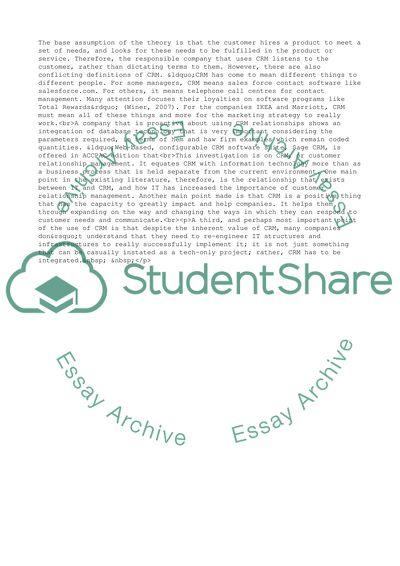Cite this document
(The Development of the Information Management Research Area Case Study, n.d.)
The Development of the Information Management Research Area Case Study. Retrieved from https://studentshare.org/business/1744602-international-business
The Development of the Information Management Research Area Case Study. Retrieved from https://studentshare.org/business/1744602-international-business
(The Development of the Information Management Research Area Case Study)
The Development of the Information Management Research Area Case Study. https://studentshare.org/business/1744602-international-business.
The Development of the Information Management Research Area Case Study. https://studentshare.org/business/1744602-international-business.
“The Development of the Information Management Research Area Case Study”, n.d. https://studentshare.org/business/1744602-international-business.


